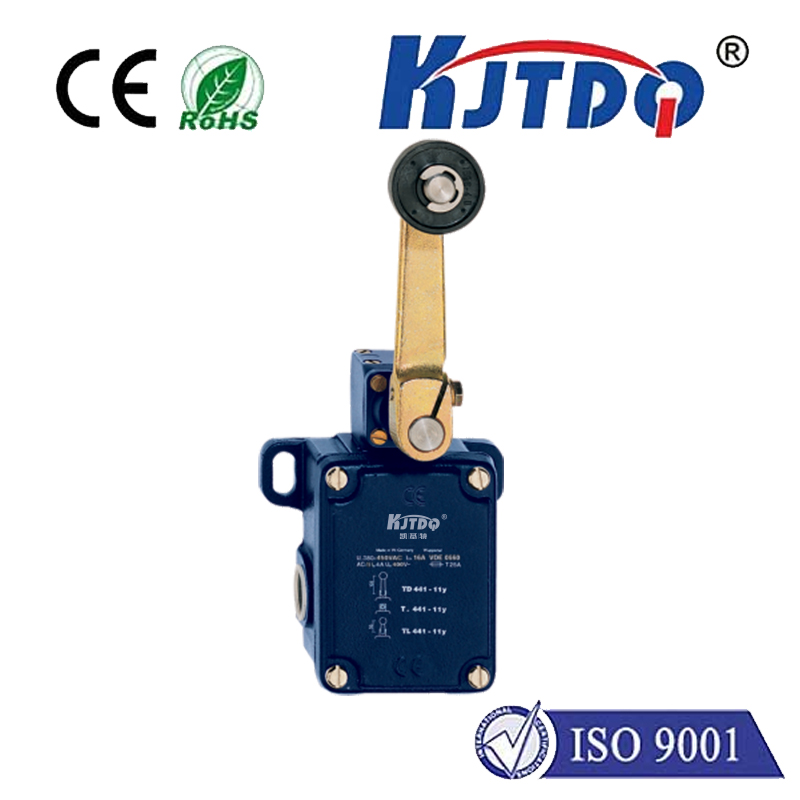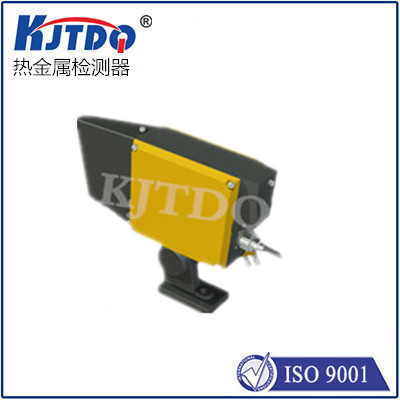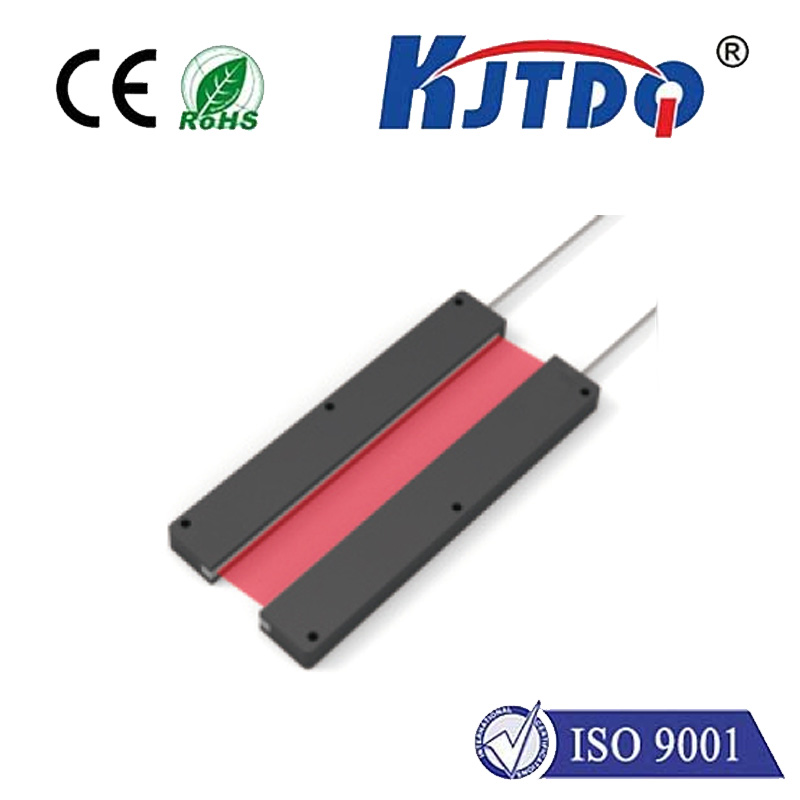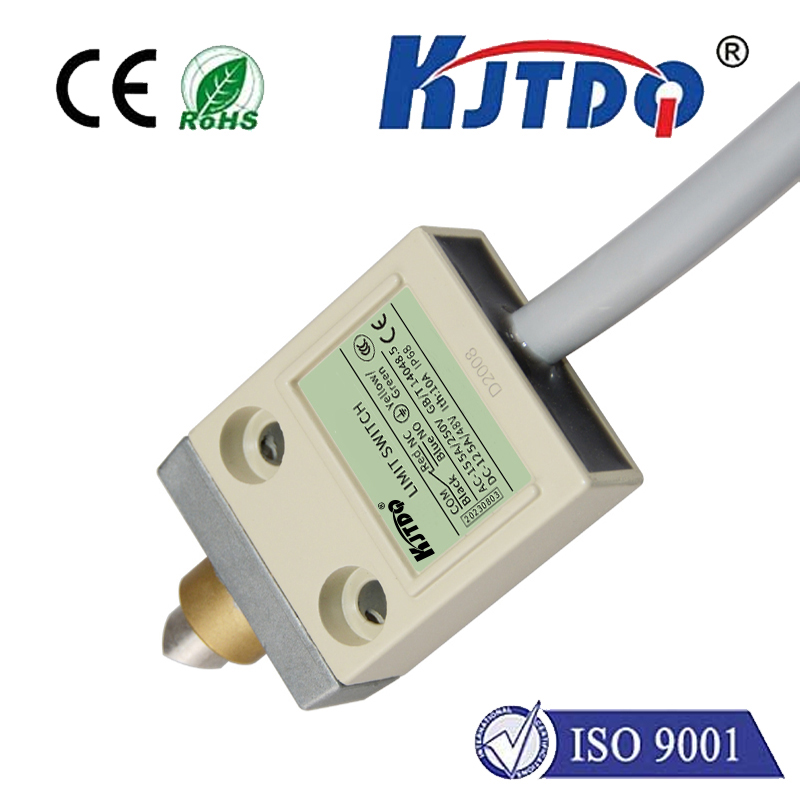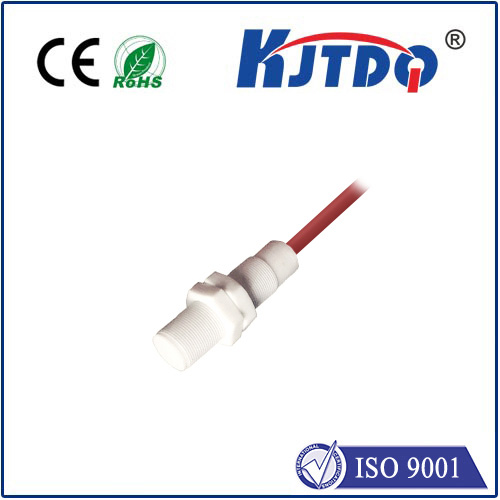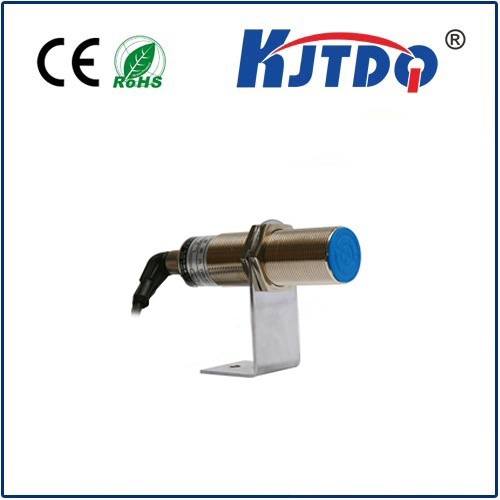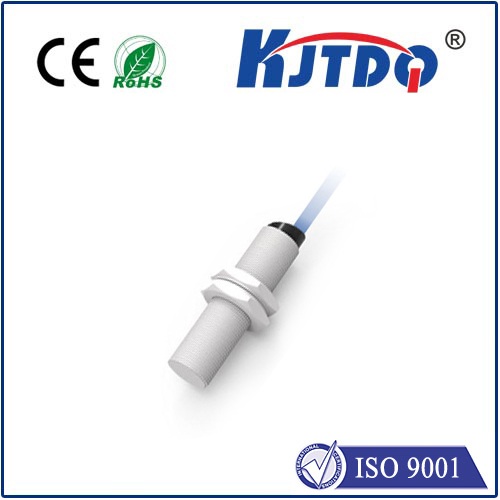proximity sensor accessories
- time:2025-09-09 03:54:54
- Click:0
Unlock Potential: Essential Proximity Sensor Accessories Explained
Proximity sensors – those unassuming workhorses silently detecting presence, position, and movement – are ubiquitous in factory automation, robotics, security systems, and countless other applications. But their effectiveness hinges not just on the sensor itself, but often on the right proximity sensor accessories. Think of them as the essential support crew that ensures peak performance, longevity, and seamless integration. Selecting and utilizing the appropriate accessories can be the difference between a sensor functioning adequately and one working optimally in demanding environments.
Why Accessories Are Far From Optional
Ignoring accessories is like building a high-performance engine and skipping the proper oil filter or cooling system. Proximity sensors face real-world challenges: vibration that can loosen connections, harsh chemicals or dust that compromise sensitive electronics, electrical noise causing false signals, or the simple need for secure and precise positioning. Accessories address these exact pain points, providing:

- Enhanced Reliability: Protection against environmental damage and electrical interference.
- Extended Sensor Lifespan: Shielding from physical impacts, abrasion, and corrosive substances.
- Improved Signal Integrity: Ensuring clean, consistent detection data reaches the control system.
- Simplified Installation & Maintenance: Streamlining setup and making testing/replacement easier.
- Greater Application Flexibility: Enabling sensors to fit into confined or unique spaces.
Must-Have Proximity Sensor Accessories for Peak Performance
Let’s delve into the core categories of accessories that deliver tangible benefits:
- Mounting & Positioning Hardware:
- Mounting Brackets & Clips: Crucial for securing sensors firmly to machinery, frames, or fixtures. They come in countless styles – adjustable brackets for fine-tuning distance and angle, fixed brackets for permanent placements, and shock-absorbing mounts to dampen vibration, a leading cause of premature sensor failure. Precision positioning directly impacts sensing distance and accuracy.
- Mounting Stands & Spacers: Used when the sensor needs to be positioned away from the mounting surface, perhaps to bring it closer to the target or to avoid physical obstructions. These ensure the sensor operates within its optimal sensing range.
- Protective Enclosures & Shields:
- Sensor Guards & Face Shields: Often made of durable materials like stainless steel or specialized plastics, these physically protect the sensor’s sensing face from impacts, abrasion, welding spatter, or chips flying off machinery. This is vital in heavy industrial settings like machining centers or foundries.
- IP-Rated Enclosures: For environments with dust, moisture (spray or immersion), oils, or solvents, these sealed housings provide the necessary Ingress Protection (e.g., IP67, IP69K). They ensure the sensor operates reliably even when exposed to washdowns or extreme conditions. The right enclosure rating is non-negotiable for food & beverage or pharmaceutical applications.
- Heat Sinks & Shields: Particularly important for inductive sensors operating near high-temperature processes. They dissipate heat, preventing the sensor from exceeding its maximum operating temperature and failing prematurely.
- Signal Conditioning & Extension Units:
- Amplifiers: Boost the sensor’s output signal strength for long cable runs or when driving high-power loads, preventing signal degradation or false triggering. Some amplifiers also offer programmable switching points or diagnostic functions.
- Converters: Change the sensor’s output type (e.g., converting NPN output to PNP, analog to discrete switch, or vice-versa) to match the requirements of the connected controller (PLC, robot controller, etc.). This adds significant integration flexibility.
- Isolators & Signal Conditioners: Protect sensors and control systems from electrical noise (EMI/RFI) originating from motors, drives, or welding equipment. They electrically isolate the sensor circuit, preventing ground loops and ensuring clean, noise-free signals. This is critical for avoiding costly downtime due to erratic sensor behavior.
- Cable Extension Cables & Harnesses: When the sensor’s fixed cable is too short, high-quality extension cables specifically designed for sensors prevent signal loss and interference. Pre-assembled harnesses can also connect multiple sensors back to a central point efficiently. Always choose cables with appropriate shielding and ratings for the environment (flexible, oil-resistant, high-temperature).
- Cabling & Connection Solutions:
- Connectors: M8 and M12 connectors are the industry standard for quick-disconnect sensor wiring. Using the correct proximity sensor connector kit ensures a secure, reliable, and protected connection point. Options include straight, right-angle, T-pieces, and field-installable versions. Using pre-molded connectors significantly improves reliability over hand-soldered joints.
- Conduit & Cable Glands: For protecting cables running over distances or through hazardous areas, conduit systems combined with appropriately rated cable glands create a secure and sealed pathway, preventing damage from crushing, chemicals, or rodents.
- Diagnostic & Maintenance Tools:
- Test Targets: Calibrated metal or plastic pieces used to verify a sensor’s switching point and sensing range accurately during installation, troubleshooting, or maintenance.
- LED Tester Devices: Handheld tools that simulate a sensor’s presence or absence, allowing technicians to verify the function of the connected control circuit (e.g., does the PLC input turn on/off?) without needing the actual target object present. This drastically speeds up diagnostics on complex machinery.
- Protective Caps (during storage/transport): Simple plastic caps protect the sensitive sensing face from physical damage and contamination when sensors are not actively installed.
Choosing the Right Proximity Sensor Accessories: Key Considerations
Selecting accessories isn’t a one-size-fits-all task. Carefully evaluate:
- Sensor Model & Type: Accessories are often specific to sensor series or housing types (barrel vs. block).
- Environmental Conditions: Exposure to chemicals, temperature extremes, moisture, dust, impact, and vibration dictates protection needs (IP ratings, material resistance).
- Electrical Requirements: Output type (NPN/PNP/NAMUR), cable length needed, and potential for electrical noise determine the need for converters, amplifiers, or isolators.
- Mechanical Constraints: Available mounting space, required sensing distance, and alignment precision influence bracket and spacer choices.
- Application Criticality: Highly critical processes warrant higher protection levels and potentially redundant systems using isolating interfaces.
Investing in the correct proximity sensor accessories is not merely an afterthought; it’s a fundamental aspect of designing robust, reliable, and efficient sensing systems. Whether it’s a rugged guard preventing costly sensor damage on a CNC lathe, a compact isolating repeater eliminating noise interference near a variable frequency drive, or the right M12 connector ensuring a vibration-proof connection, these components unlock the full potential of your proximity sensors. They enhance durability, prevent false signals and downtime, and ultimately deliver a superior return on your sensing investment.






